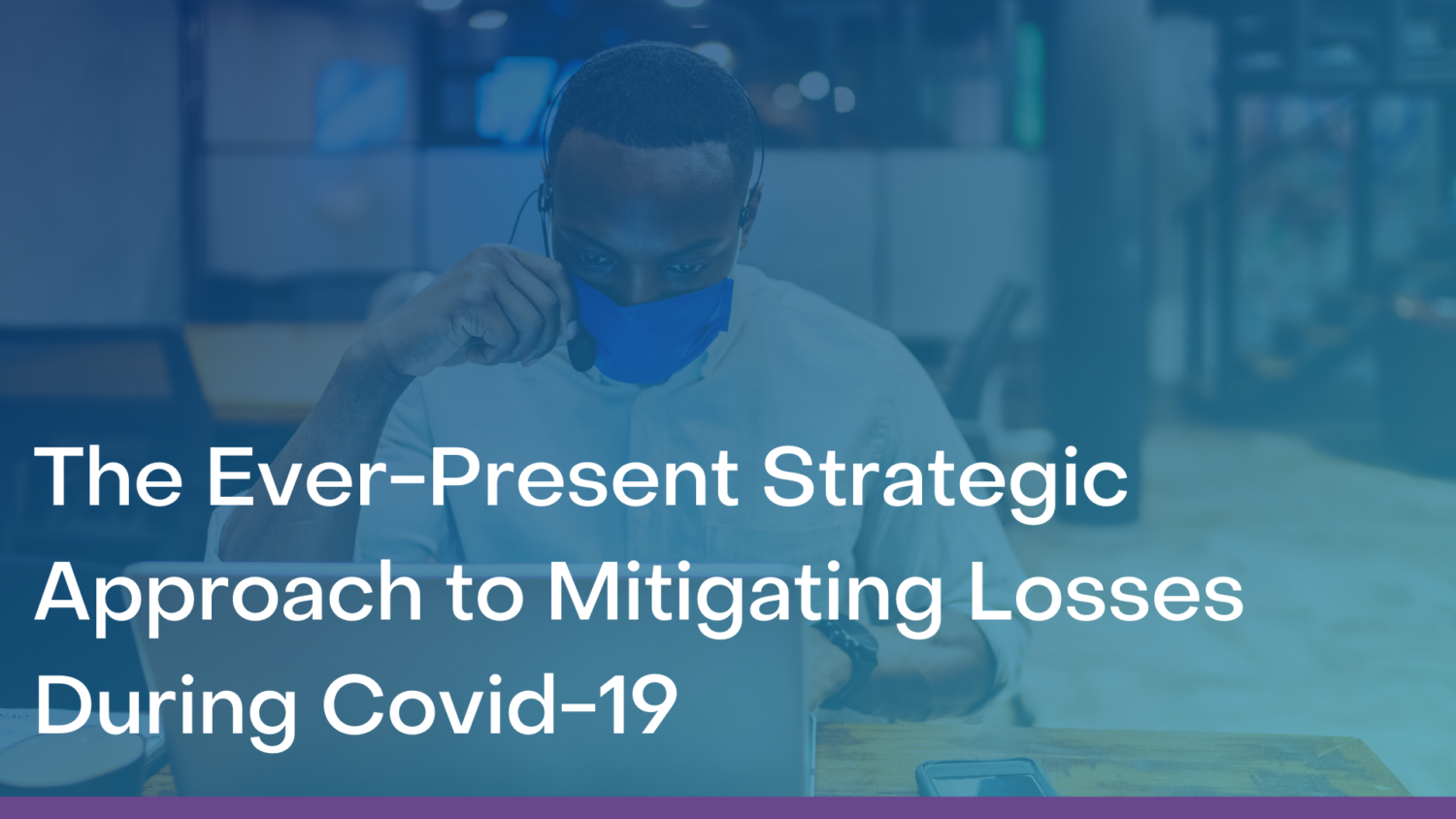
At Insgroup, we make it a point to continually provide organizations with key value-driven content that helps reduce the possibility of losses across the company. During the ongoing economic distress that is rooted in Covid-19, we make it our mission to bleed transparency and champion support. With that core in mind, we have created the following best practices to manage risks created by Covid. The following are tactical ways that your company can continue to prepare for Infectious Disease Issues and how to respond accordingly.
Mitigate Risk to Strengthen Your Business
As many businesses start allowing their workforce back to the office, it’s important to champion the following best practices:
- Office temperature checks for personnel
- Promote a “Stay Home” culture when employees are feeling sick
- Encourage hygiene best practices, such as hand washing and sanitizer utilization
- Create respiratory policies around coughing and sneezing. Promote a mask culture.
- Promote workplace “Personal Bubbles” to maintain social distancing and overall contact with others’ property (Work phones, desks, etc.)
Continual Education on Flex-Work Strategy and Overall Protection
- Educate staff on flexible work opportunities when sick leave is required.
- Create internal marketing material that educates workers on policies around safety, health, leave, and other Covid-19 related concerns.
- Stay engaged with your insurance partner on the state of employee benefits and what information can be provided to your employees regarding medical care and infectious disease support.
Workplace Strategies for Controlling The Spread of Disease
- Analyze and implement quality airflow within the workplace through the cleaning of HVAC systems and the installation of high-grade air filters.
- Implement physical barriers between employees if possible, champion working in your own space when possible. Installing physical barriers, such as clear plastic sneeze guards.
- Replace face-to-face meetings with virtual get-togethers to limit exposure.
- Create an alternating work schedule to assist in limiting human contact in the office.
- Limit work trips
- Market best practices regularly to staff and clients to champion best practices.
Steps for Cleaning and Disinfection After Persons Suspected or Confirmed to be Infected Have Been in Your Facility
- It is recommended to close off areas used by the infected persons and wait 24 hours before cleaning and disinfection to minimize the potential for exposure.
- Open outside doors and windows to increase air circulation in the area.
- Cleaning staff should clean and disinfect all areas (e.g., offices, bathrooms, and common areas) used by the infected persons, focusing primarily on frequently touched surfaces.
How to Clean and Disinfect
- If surfaces are dirty, they should be cleaned using soap and water before disinfection.
- For disinfection: diluted household bleach solutions, alcohol solutions with at least 70% alcohol, and most common EPA-registered household disinfectants should be effective.
Clothes, Linens and Other Items That Go in the Laundry
- Do not shake laundry; do this to minimize the possibility of dispersing the virus through the air.
- Wash items in accordance with the manufacturer’s instructions. If possible, wash items using the warmest appropriate water setting for items and dry each item completely. If dirty laundry has been in contact with a sick person it can be washed with other people’s items.
- For hard or soft surfaces clean and disinfect hampers or other carts for transporting laundry.
Hand Washing for Cleaning Staff and Personal Protective Equipment (PPE)
- Staff should wear disposable gloves and gowns for any task in the cleaning process, including handling trash.
- Gloves and gowns need to be compatible with the disinfectant products being used.
- If there is a risk of splash additional PPE might be required based on the cleaning/disinfectant products.
- Gloves and gowns must be removed carefully to avoid contamination of the staff wearing it and the surrounding area.
- Staff must clean their hands after removing gloves.
- Cleaning staff should immediately report breaches in PPE (e.g., tear in gloves) or any potential exposures to their supervisor and then replace the PPE.
Professional Cleaning Recommended
It is highly recommended to hire a professional cleaning company to clean and disinfect your facilities. Here are a few Nationwide cleaning and disinfection companies:
Additional Considerations
- Leadership should work with their local and state health departments to ensure appropriate protocols and guidelines.
- Employers should educate staff and workers on performing cleaning, laundry, and trash pick-up activities. Employers should develop policies for worker protection and provide training to all cleaning staff onsite before providing cleaning tasks.
- Any staff should immediately notify their supervisor and the local health department if they develop symptoms. The health department will provide guidance on what actions need to be taken.
- Employers must ensure workers are trained on the hazards of the cleaning chemicals used in the workplace in accordance with OSHA’s Hazard Communication standard (29 CFR 1910.1200).
- Employers must comply with OSHA’s standards on Bloodborne Pathogens (29 CFR 1910.1030), including proper disposal of regulated waste, and PPE (29 CFR 1910.132).
Insgroup is closely monitoring the situation and we want to keep you up to date with the latest information that impacts your business, colleagues, and family. Visit our COVID-19 Resources page for more information.
